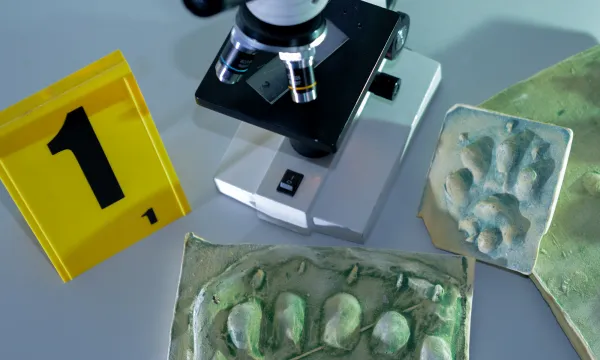
DNA Detectives: The Hunt for Bigfoot
Forensic science techniques are applied to compare animal DNA samples.
Recommended for: KS3 (11-14) | KS4 (14-16)
Wheelchair access limited
Workshop

Forensic science techniques are applied to compare animal DNA samples.
Wheelchair access limited
Workshop